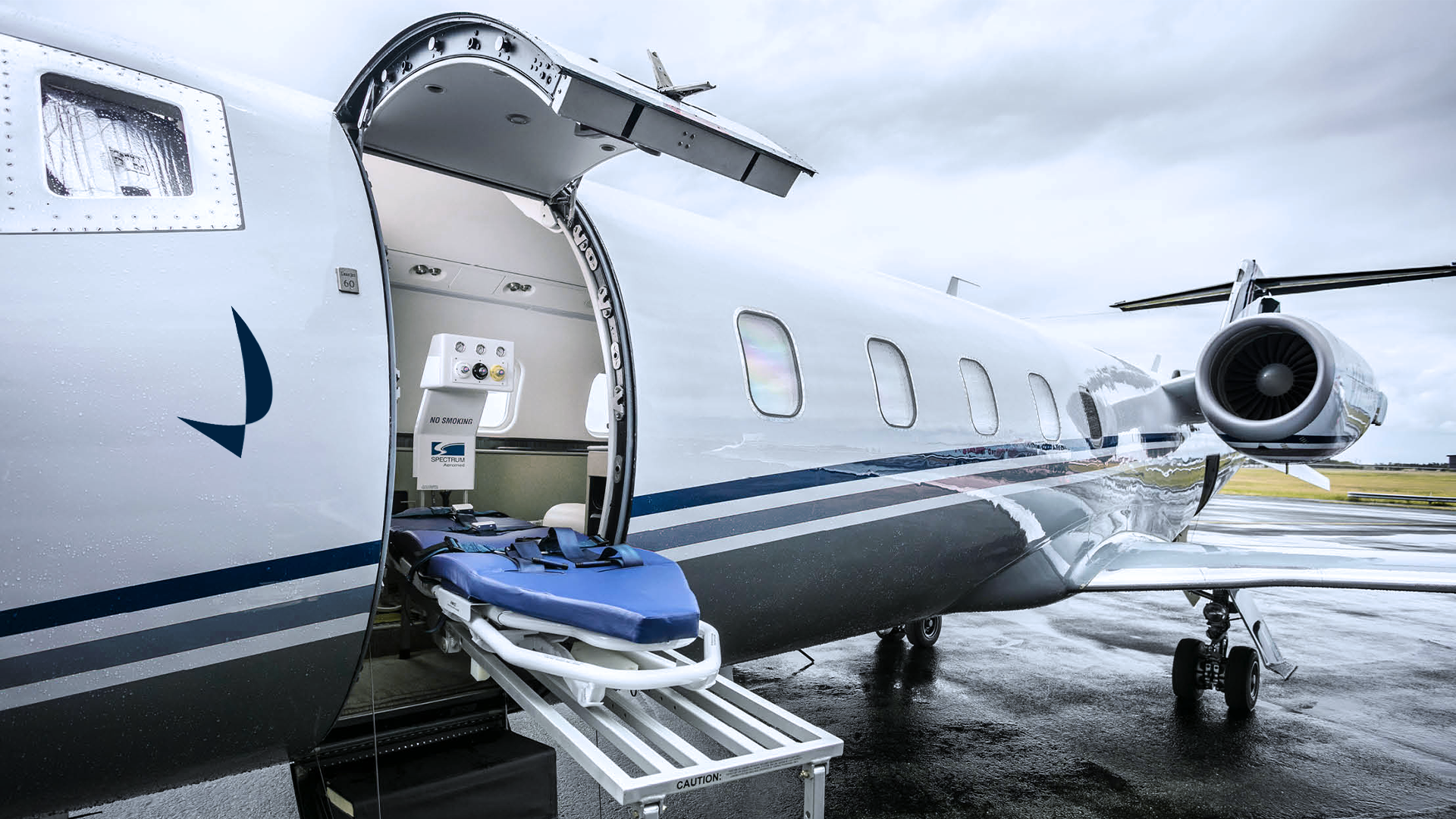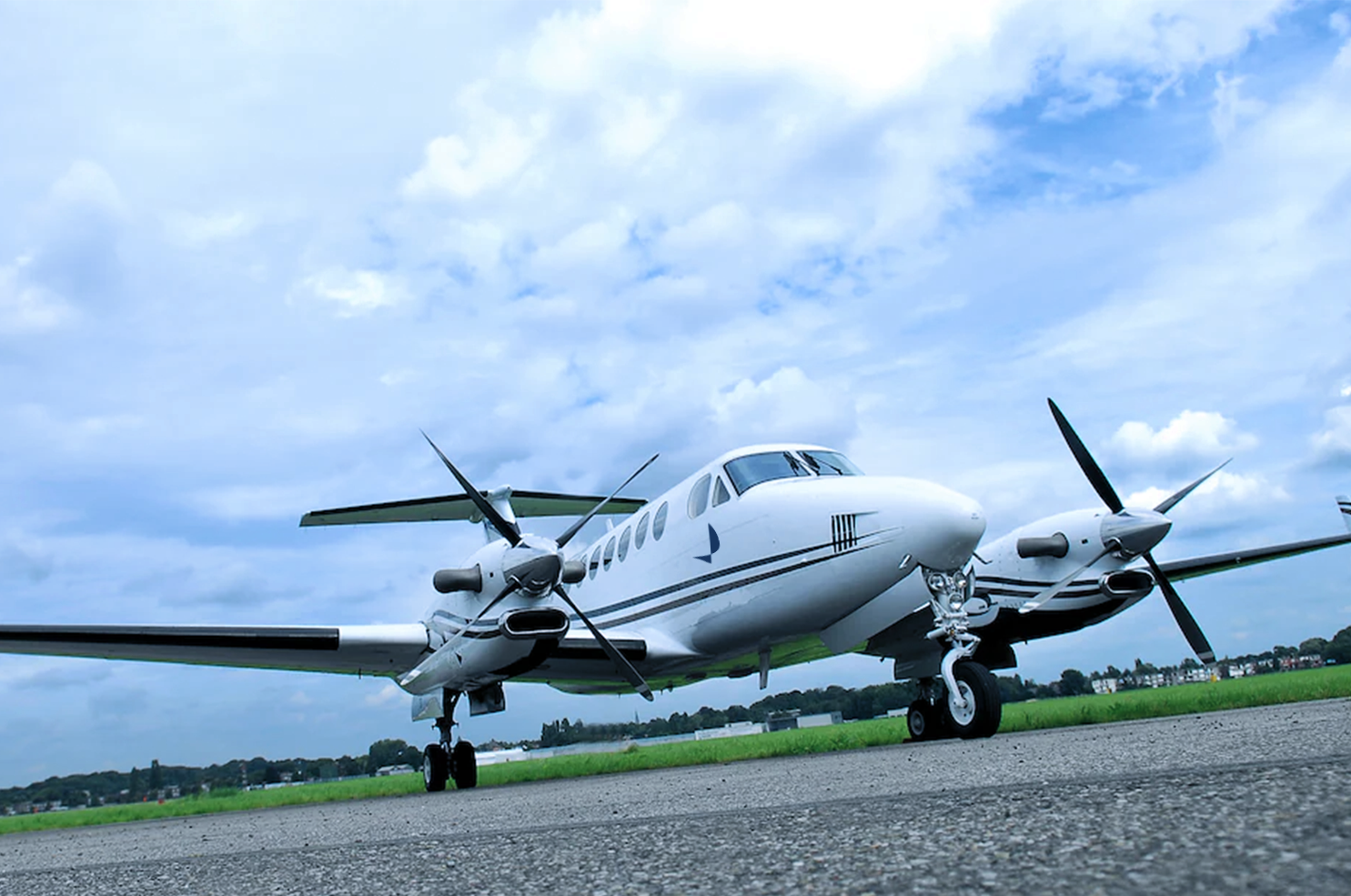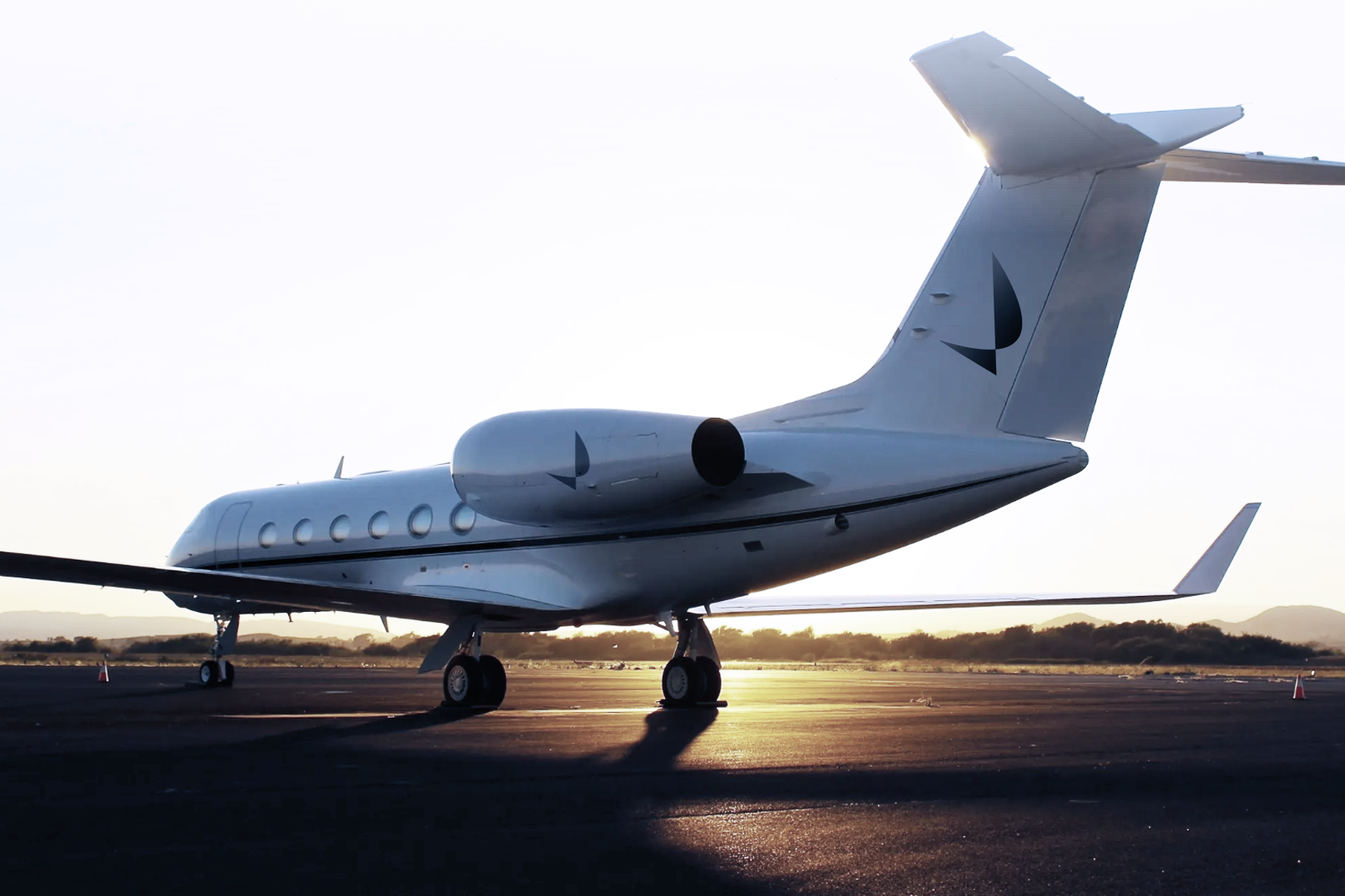In air medical transport, every altitude, route, and cabin configuration has a direct impact on patient safety. While most travelers can tolerate the pressure changes that occur during flight, certain medical conditions make it unsafe to fly at standard cruising altitudes.
For such patients, specialized sea-level medevac flights, also known as Main Sea Level (MSL) flights, are the safest option. At Jets & Partners, these missions represent some of the most complex yet vital operations we handle, requiring precise coordination between pilots, medical crews, and operations control.
What is a sea-level flight?
A sea-level flight is a type of air ambulance mission where the cabin pressure is maintained at or near sea-level values throughout the journey. Unlike standard flights, where cabin pressure typically equals that of an altitude of 2,400–2,500 meters (around 8,000 feet), sea-level medevac aircraft operate under strict pressure control to protect patients who cannot tolerate such altitude changes.
Maintaining this environment ensures stable barometric pressure, increased oxygen availability, and minimal stress on the body’s systems. It allows patients to fly safely—even on long intercontinental routes—without risking complications related to oxygen deprivation or gas expansion in the body.
When are sea-level flights needed?
Sea-level medevac operations are prescribed for patients whose medical conditions make altitude exposure dangerous. These can include:
- Pneumothorax, or air trapped between the lung and chest wall
- Intracranial or intraocular air pockets, where expanding gases can increase pressure in the skull or eyes
- Intestinal obstructions, where gas expansion can cause internal distress
- Recent surgical procedures or unhealed wounds
- Severe anemia or reduced oxygen-carrying capacity
Each mission begins with a medical review by our specialized physicians, who determine whether sea-level transport is necessary and tailor every flight plan accordingly.
How does a sea-level medevac flight work?
Executing a sea-level air ambulance flight involves more than simply flying low. It requires an aircraft equipped with advanced pressurization systems, life-support technology, and a crew trained for continuous in-flight monitoring.
At Jets & Partners, our medevac aircraft are configured to maintain cabin pressure close to ground levels. This requires precise altitude management and, in some cases, modified flight routes that remain under 5,000 feet for the entire journey.
Operating at this altitude increases fuel consumption, demands additional overflight permissions, and often requires technical stops for refueling. Despite these challenges, our medical and operations teams ensure seamless execution, maintaining patient stability and safety throughout.
Operational challenges and expertise
Sea-level flights are among the most technically demanding missions in air medical transport. Flying lower means managing higher fuel burn, limited routing options, and restricted airspace access, often across multiple jurisdictions.
Coordination between air traffic control, medical staff, and dispatch teams is continuous from takeoff to landing. Delays or miscalculations are not an option when patient outcomes depend on cabin pressure and timing. This is why only experienced operators, like Jets & Partners, maintain the infrastructure, partnerships, and trained personnel required to deliver these missions globally.
Example: real-world sea-level evacuation
In 2023, during a regional evacuation from Sudan, Jets & Partners successfully conducted a sea-level medevac mission for a patient who suffered a severe thoracic injury.
Due to the risk of air expansion in the chest cavity, traditional high-altitude flight was ruled out. Our operations team rerouted the aircraft through multiple clearances, coordinated medical supervision, and maintained continuous communication with hospitals in Khartoum and Casablanca.
The patient arrived safely in Morocco for treatment, highlighting the precision and expertise these missions demand.
J&P: precision at every altitude
Sea-level medevac operations represent the highest standard of care in air medical transport. They require meticulous flight planning, advanced aircraft systems, and expert medical oversight, a combination that few operators can deliver consistently.
At Jets & Partners, our medevac division is built for these challenges. We handle time-critical and medically complex missions with the same precision and professionalism that define our global aviation services.
For urgent assistance or mission coordination, contact our team directly at hello@jets.partners.






